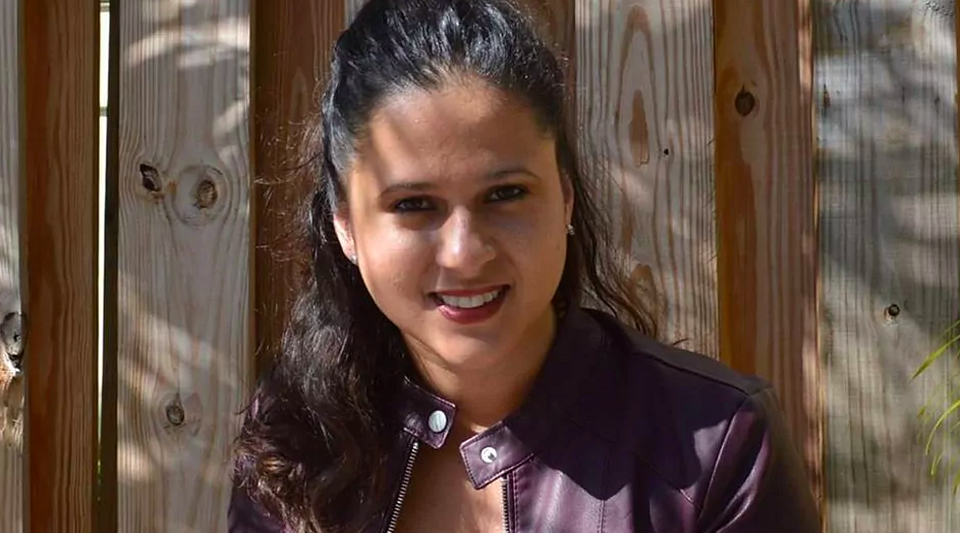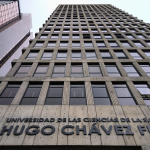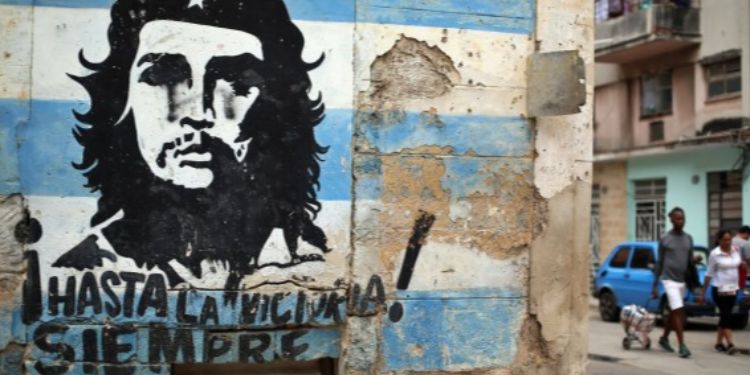Cuban mothers keep, in the depths of the family showcase, their quinceañera album. They hide it under sheets and old magazines, and never look through it. That book – the paper yellow, the images out of focus – keeps the most essential and remote memories of the house, the faces of the dead and the cardboard prosperity that the country enjoyed in the Soviet era. But the most intimate and painful aspect of these photos is the suspicion that life could have been lived in a different way, less overwhelming, with the man or woman who loved you first. Going over the contours, dissolved by glue and moths, he revives the iron grandmother, the drunken father, the envious sister, the cat who never returned home and the friend who left town.
The book, the photos, are poisoned and it is better to return them to their hiding place and go to strain the first coffee of the day, the one that helps to wake up and cope with everything. The sadness of Cuban memory –on the island and in exile– organizes the Shore Portraits by Dainerys Machado Vento (Havana, 1986). Born “when Cuba was laughing,” Machado was too young when the dust and rubble of the Berlin Wall washed over her country. Those who were born in what Castro called the “Special Period” – the scarcity and discomfort of a war in peacetime – have a visceral memory, almost stomach-wrenching, of the hunger and rigor of those years. Appetite, the need to fill an existential lack, defines the characters of the habanera, undone between both shores.
Through a correct execution and a language that, more than Cuban, is Havanan, Machado focuses on the faces of his album
The nine stories in the book –one of them earned him recognition from the magazine granted as one of the best young narrators in Spanish– attest to the constant rebellion of Cubans against their bad luck. Political oppression has its natural continuation in paternal authority; ideological intolerance is resolved in sexual repression; one flees from the caudillo who barks in the rostrum as much as from the domineering mother. That is the common fund of the Pictures: the Island broken by History. Through a correct execution and a language that, more than Cuban, is Havanan, Machado focuses on the faces of his album. A talkative “lady” from the capital, whose intimate freedom inspires a group of thirty-somethings, opens the book.
Thirsty for a life that never was, fed up with their children and their husbands, it is the women who mark the pace of the stories. In The Color of the Globe, all the tension and absurdity of the Cuban transplanted in Miami, the “last province” of the island, its other half, converges. The Anglo-Saxon rite of gender revealassumed by the exiled community, provokes an outbreak of hashtags, digital diatribes and offenses at the bottom of which rests the question about the exile and the one who “remained”. What kind of political animal is the Cuban from Florida, a communist rafter turned Republican voter? What inheritance or territory can claim who lives on the island? Where do you mark what, in one of his stories, Machado calls “the limits of defeat”?
‘Portraits on the shore’ inherits –and to a certain extent reincarnates– the Cuba of Pedro Juan Gutiérrez and the authors of what was called “dirty realism”
Nine pieces that fail to be optimistic and that, in their privacy, attest to a perhaps irreparable tear. portraits on the shore inherits – and to a certain extent reincarnates – the Cuba of Pedro Juan Gutiérrez and the authors of what was called “dirty realism”, until critics warned that all reality is sordid. For the European or Anglo-Saxon reader, even for the Cuban exile, this book is a way of taking the pulse of the country and verifying that there is nothing touristy in misery. It begins with a well-worn group photo, and ends in solitude, with a grateful selfie from the author.
And yet, despite Machado’s clear and brutal language, one is left expecting more from Cuban literature. A nation that has not produced a great master of writing since Reinaldo Arenas and Guillermo Cabrera Infante –and even Severo Sarduy– seems as depressed in his novel as it is in his daily life. The authors of the island seem obliged to review two obsessions: internal poverty and the pain of exile. Hungry for another topic, for another reading, for decades we have been waiting for the novel or the story that will redeem Cuban literature and give it back the stature of Lezama and Carpentier. Meanwhile, we will continue reviewing – with shame and disgust – the family album.
________________________
Editor’s Note: This article was published originally in the cultural magazine The reading from the Spanish newspaper The world .
________________________
Collaborate with our work:
The team of 14ymedio He is committed to doing serious journalism that reflects the reality of deep Cuba. Thank you for accompanying us on this long road. We invite you to continue supporting us, but this time becoming a member of our newspaper. Together we can continue transforming journalism in Cuba.


















